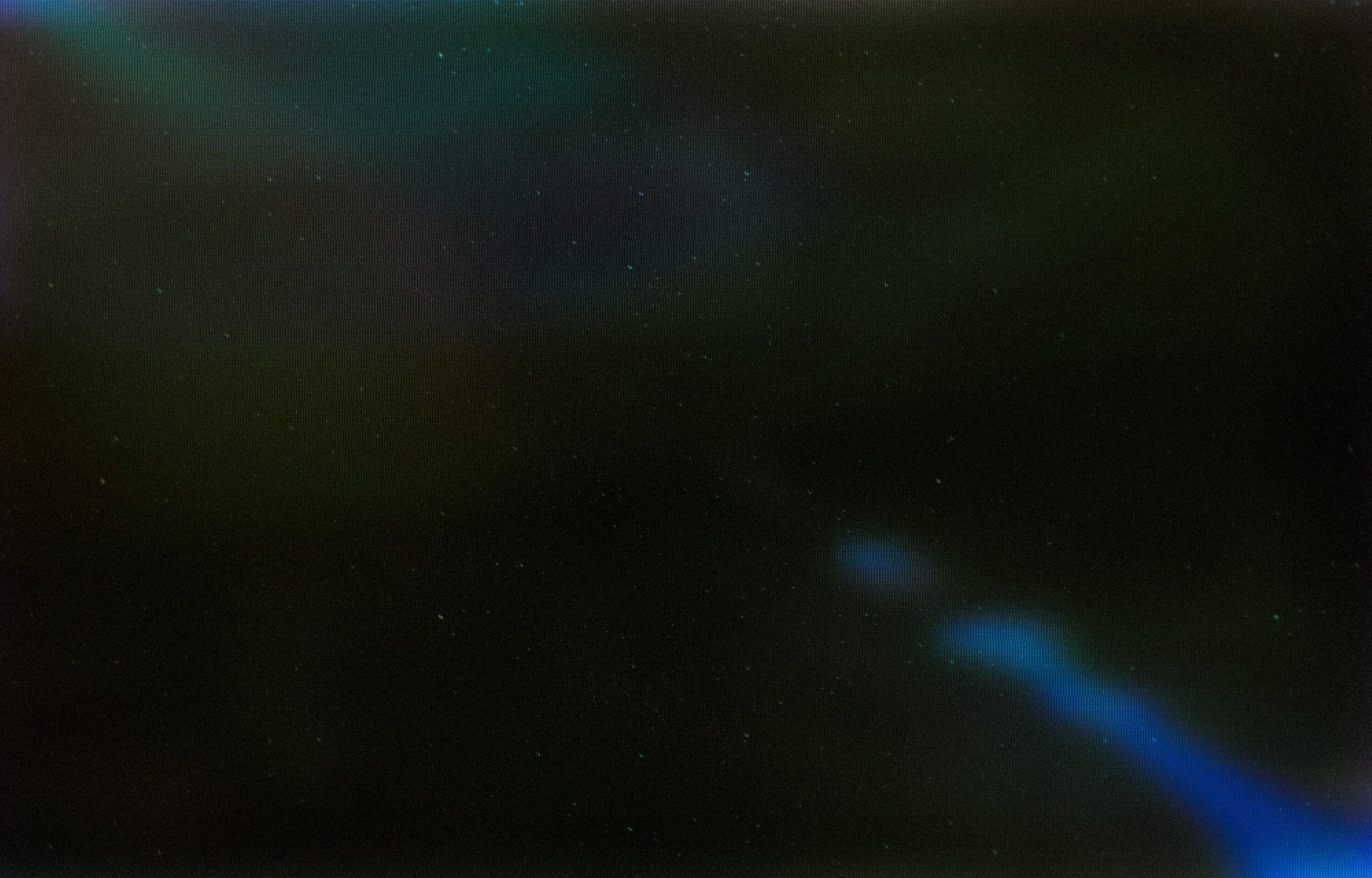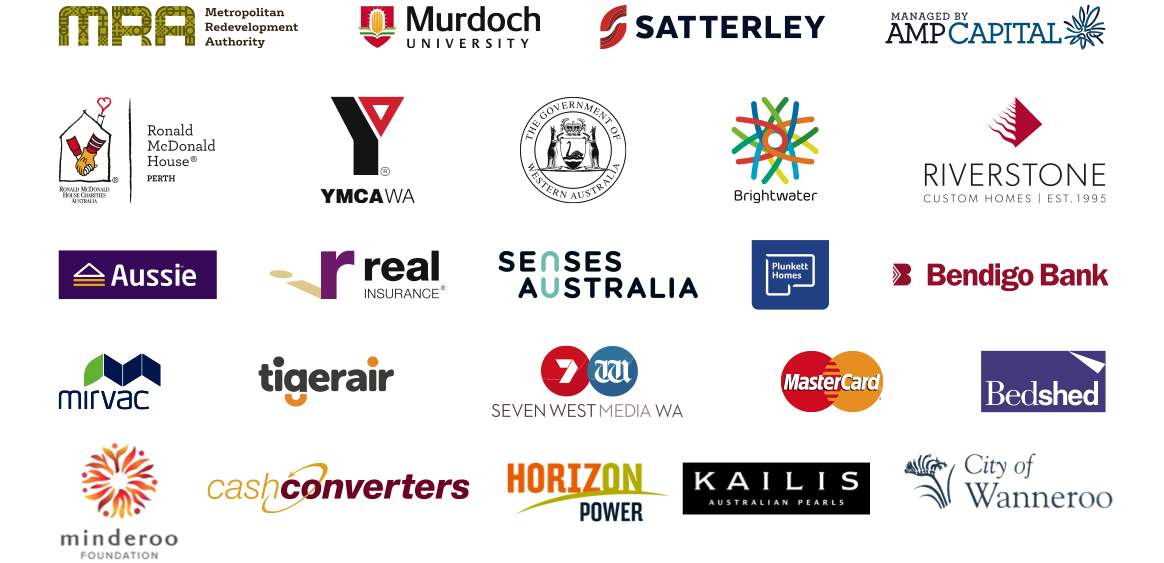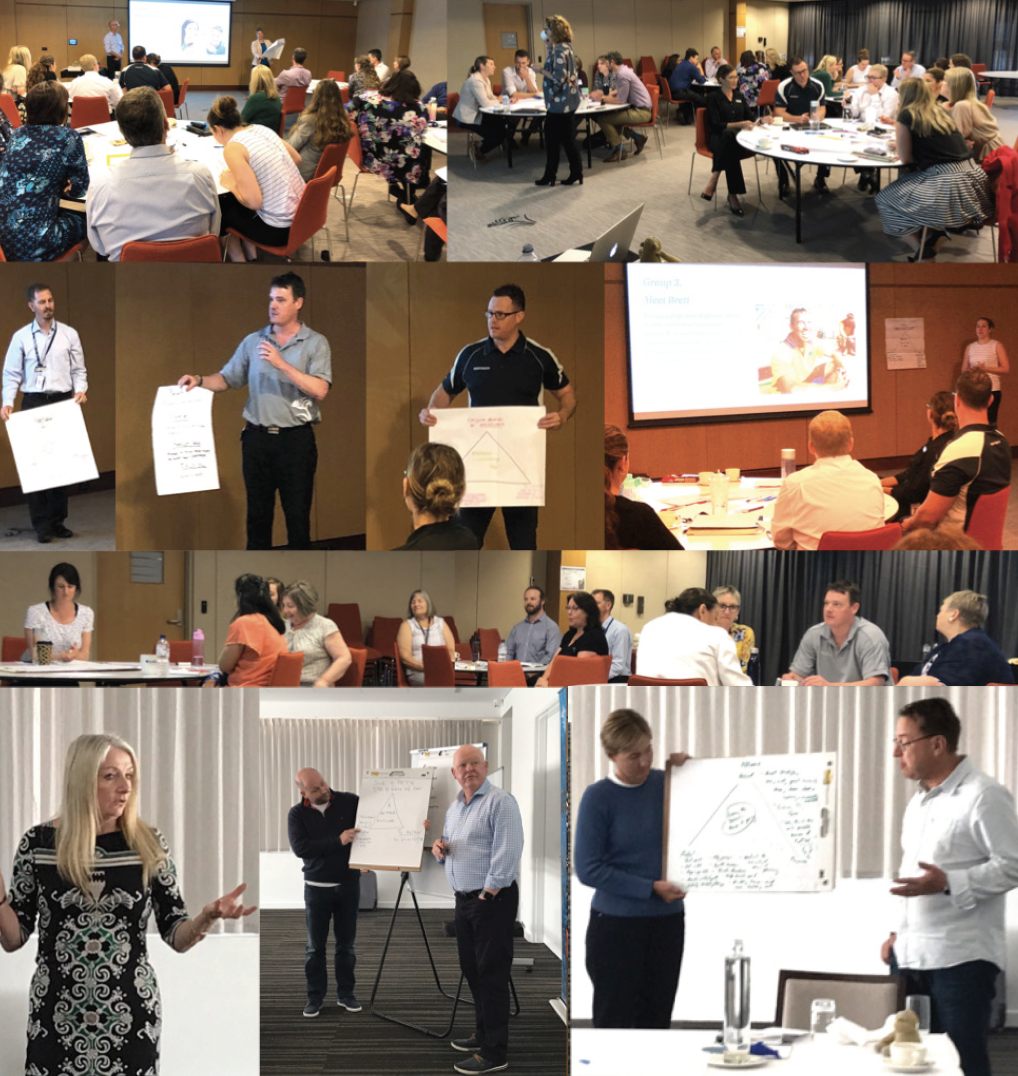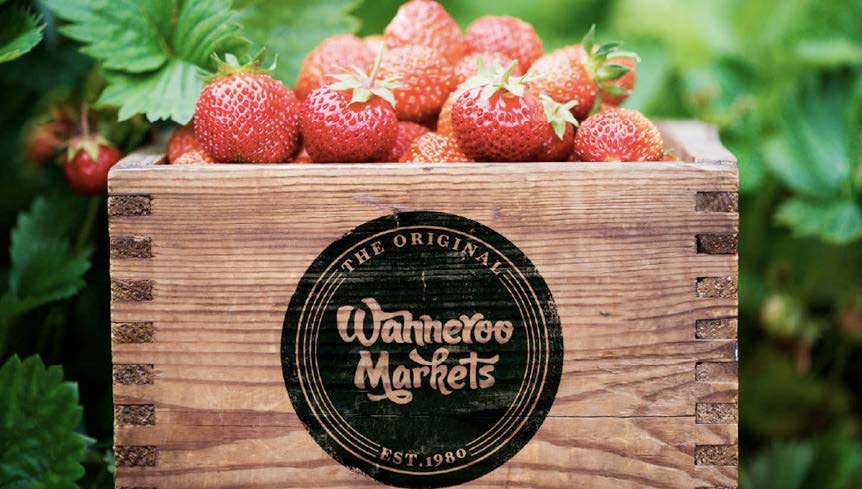Login to view case study.


Communities are in a continuous state of flux.
Naturally older suburbs have a more established and stable residency, but generally people move in, people move out and neighbourhoods constantly change.
Newer communities are often filled with younger residents with different experiences, different backgrounds, cultures and needs, and often they are moving into unfamiliar areas with unknown neighbours.
So whose job is it to welcome these new residents into their new community, make them feel part of the place they will now call home?
Land developers promise this as part of their ‘sell’ building the foundations and infrastructure of community where previously there was none.
But once the land is developed and the blocks are sold, the developers move on and the role of community building is left to the residents themselves or potentially the local council or shire.
Councils, City’s and Shires have the primary job of providing the functional management and delivery of services that support communities, but their role doesn’t always extend to encourage and develop initiatives that welcome newcomers and improve the quality of life of their communities, representing the interests of all of their residents to the wider West Australian community.

Rare specialise in brand and communication, definition, creation and implementation and have tried and tested methodologies and processes employed by some of the most famous and successful brands in the world.
Our experience in this area has taught us that many large organisations, no matter how efficient suffer brand disengagement.
In that internally amongst staff and externally amongst customers, stakeholders and the community, there lacks clarity of what the organisation’s true purpose is, or what they stand for and how that purpose is presented to the people that need to be communicated with.

A robust brand definition process is often required to assist in guiding key members and stakeholders, to an agreed positioning. A positioning, or ‘core idea’ which sits at the heart of the brand, and acts as a roadmap for all internal and external communication messaging and ultimately becomes the organisations point of difference and, if a commercial venture, their competitive advantage.
The challenge is, that lots of people in big organisations, be they public or private think they know the answer, but only by downloading and sifting through a huge amount of information, then inspiring people with possibilities can you find a single ‘core idea’ that can become a point of difference, often this can be a long drawn out strategic process.
At Rare we’ve developed collaborative processes that involve all stakeholders in healthy discussion so that we can get on with the job and get results, fast.
For most brands, the greatest danger is not rejection, it’s indifference.
The first step to successful brand definition is not only gaining a deep understanding of the organisation and the products and services it delivers, but an understanding of what drives the key personnel and stakeholders, after all its those people that live and deliver the brand everyday.
The insights gained from talking to these groups quickly starts to unlock the DNA of an organisation and ‘ideas’ that often already sit at the heart of the organisation start to rise to the top and become significant pieces in the brands story.
We seek find out what do they personally believe in and how can their beliefs connect with the community they need to communicate with – internally and externally.


The Wanneroo area was originally established as a ‘road board’ in 1902 when less than 200 people lived in the then very rural region; it didn’t become a Shire until 1961.
In recent times the area has seen unprecedented growth with over 110,000 people moving to the City of Wanneroo Local Government Area (LGA) in the last 15 years alone.
Second only to Joondalup in population, a demographically and culturally diverse 188,212 people now reside in the Wanneroo LGA, distributed over more than 685 square kilometres.

The rich history of the area and recent migrant population growth has created an area steeped in cultural significance and diversity, from early Indigenous beginnings, through pioneering European and Asian settlers to recent migrants from all over the world, all have chosen to make the area their home in the land of opportunity.
One of the challenges for such a large, culturally and geographically diverse area is how you create a united sense of identity. Do people identify, know or even care what council or shire they live in, or do they just notice the City of Wanneroo when they have a parking ticket, or the bins are not emptied?
Midway through 2018 The City of Wanneroo put out a request for quotation amongst the WALGA panel of advertising, design and marketing agencies to develop a brand strategy for the city. Rare was delighted to be appointed and set out a process for discovery and development of a defendable, definable and deliverable strategic brand positioning for the City to own.
The positioning needed to be grounded in history and current truths and resonate with council staff and the community, but also be motivating and aspirational for the future.



In the years and months leading up to the process, the City of Wanneroo had undertaken varying degrees of research that Rare was able to access.
In general the community didn’t feel that the city was doing a bad job, or indeed a good job, they simply viewed the council as an organisation that existed to deliver a service.
Essentially the community was indifferent and not really engaged with the council beyond the rational competence that they were paid to deliver.
Communication efforts were missing their mark, this was partly due to the demise of local media –community newspapers, but also due to the fact that other than notification of problems and issues, people were simply not open to communication from their council.
There was plenty of brand awareness, everyone knows who their council is, but the City of Wanneroo had no brand salience – the degree to which the brand is thought about and the degree to which the mind is open to messaging from that brand.
The strategic vision and subsequent place framework was a great starting point, however it took a typically authoritative/ parental view of the role of the LGA as a competent service provider, what was needed was a view from internal and external communities perspective.
Following the download of available information, we undertook a series of brand definition and ideation workshops, starting with the Elected members of the council, then two additional workshops involving key City staff members.

The workshops ran over three hours, where the known facts were presented, then hypothetical ideas for what the council could be known for were workshopped, digging beyond rational service delivery and investigating what deeper role and function the City of Wanneroo could ‘own’.
Additionally we carried out three focus groups in the community, one in each ward. Members of the community were invited to come along and discuss how they felt about the area they lived in, what role did they think their local authority played in their lives and how successful did they feel the City communicated with them.
The final piece in the discovery puzzle was a quantitative survey amongst all City of Wanneroo staff.
This was the opportunity for staff to anonymously have their say about the effectiveness of the council’s internal and external communication efforts.

What became apparent really quickly was that staff and the community were united in their views.
In general people were happy to either work for, or live in the City of Wanneroo and most of the staff were both employees and members of the community, so had a broad perspective.
The city had some great people working for them and great buildings and facilities such as libraries that could be utilised more.
Understandably, detractors, focussed on bureaucracy and financial issues such as their own rate bill and older members spoke of a time when the area was less populated and friendlier.
Both community and staff felt that communication from the city wasn’t getting through, but this in some part was due to the shift in the effectiveness of channels.
The local newspaper The Wanneroo Times, was always the chosen media for local news and council information, but as printed media’s distribution has declined and become less effective and information has migrated to digital and social channels, messaging was less targeted and important information such as when and where events were happening were getting missed by the community.
It was also felt that there was a lack of brand consistency or a strong single minded brand proposition; the great work that the council did everyday for the community was often misattributed to other public and private organisations such as land developers, or town councils.
Finally there was a cry from the community to be listened to. The mechanisms for providing suggestions and feedback seemed to be lacking – they were there, on the City’s website, but hidden away and not utilised, or it seems acted upon.
– Councils don’t get, or even seek recognition for the great work they do
– Traditional communication methodology and direction has changed
– Council staff, public buildings and open space can be used more effectively to communicate with communities
– Communities need a voice and the mechanism to shape their own ‘place’ which instils local pride and ownership of where people live work and play
– Local councils can be seen as both facilitating and inspiring progress
– Representing, connecting and empowering real community


The definition of community has changed in recent years. The explosion of online and social media communities has replaced traditional communities, but maybe there is room for both to coexist.
Can communities be virtual AND real neighbours, sharing values, pride and a sense of belonging, and is this the role that an LGA can foster?
These plus other insights, started to inform our thinking for Wanneroo, acting as a springboard into ideation quickly moving the strategic process closer to the creative process.


The process helped develop a new brand ambition for the future, a challenge that sets out a roadmap for a new direction.
We also developed a brand model and brand manifesto; a statement of intent that boldly describes the City’s belief, purpose and role in the community and a core organising brand idea that will facilitate a more open, inclusive relationship between authority and community.
This manifesto and developed brand model have become the inspiration for a new direction that the City of Wanneroo is taking. Listening to and empowering the community to get involved and make real change.
The programme will be rolled out over the next twelve months.
We can’t share this confidential document but it is an inspirational piece that creates a real point of difference for the City of Wanneroo.